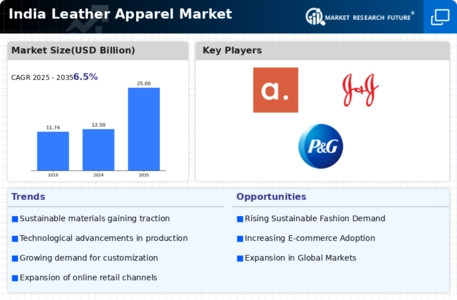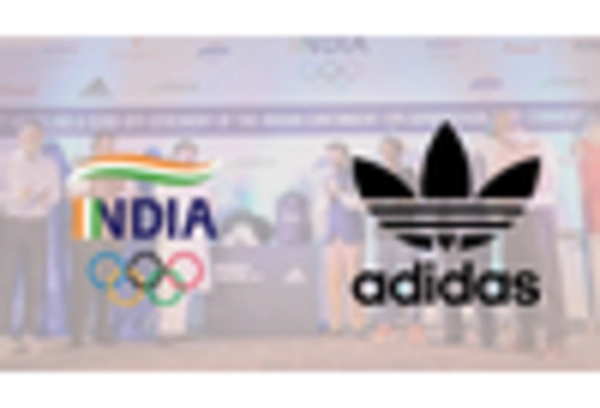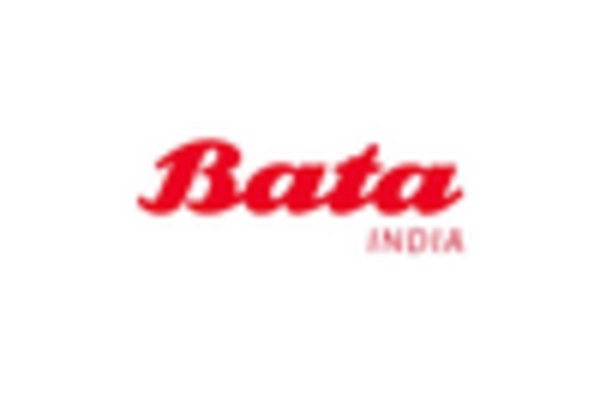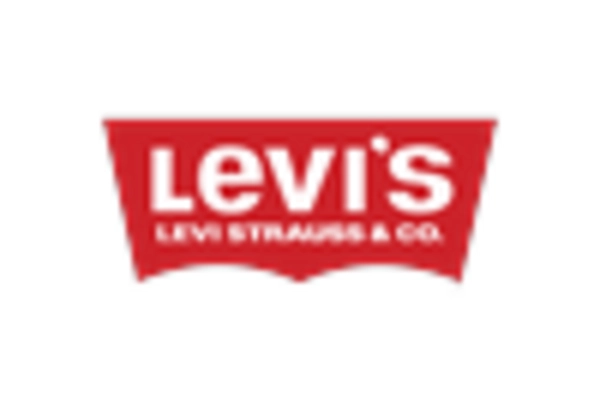Market Analysis
In-depth Analysis of India Leather Apparel Market Industry Landscape
The leather apparel market in India is characterized by dynamic shifts influenced by a combination of cultural preferences, economic conditions, fashion trends, and global influences. Leather apparel holds a significant place in India's fashion landscape, symbolizing a blend of tradition and modernity. One of the key drivers shaping the dynamics of the Indian leather apparel market is the cultural significance attached to leather products. Leather has been traditionally used in Indian fashion, reflecting a sense of luxury and durability. Consumers often associate leather apparel with a timeless style that transcends trends, making it a sought-after choice for various occasions.
Economic conditions play a pivotal role in influencing the dynamics of the leather apparel market in India. With the country experiencing economic growth and an expanding middle-class population, consumers are increasingly willing to invest in premium and high-quality leather products. This has led to a surge in demand for leather jackets, bags, and accessories from both domestic and international brands, contributing to the market's growth and competitiveness.
Fashion trends and the influence of global styles play a significant role in shaping consumer preferences in the Indian leather apparel market. As India becomes more connected to the global fashion scene, consumers are exposed to international trends through social media, fashion blogs, and online platforms. This exposure contributes to the demand for contemporary and fashionable leather pieces that align with global style sensibilities.
Cultural diversity within India influences the dynamics of the leather apparel market. Different regions have unique fashion preferences and styles, impacting the types of leather products that gain popularity. Traditional Indian craftsmanship, including intricate leatherwork and embellishments, adds a distinct touch to leather apparel, making it appealing to consumers who appreciate a blend of cultural heritage and contemporary design.
The impact of e-commerce on the distribution and accessibility of leather apparel is significant in the Indian market. Online platforms provide consumers with the convenience of browsing and purchasing a wide range of leather products from various brands. E-commerce has opened up opportunities for both established and emerging brands to reach a broader audience, especially in regions where physical retail presence may be limited.
Consumer awareness and preferences for sustainable and ethically produced products are influencing the dynamics of the Indian leather apparel market. As environmental concerns gain prominence, consumers are seeking leather products that adhere to sustainable and cruelty-free practices. Brands that emphasize ethical sourcing, transparent supply chains, and eco-friendly manufacturing processes are gaining traction, reflecting a growing trend towards responsible consumerism.
Customization and personalized offerings are becoming prevalent in the Indian leather apparel market. Consumers value the ability to customize their leather products, from selecting the type of leather to choosing design details and finishes. Brands that offer bespoke or made-to-order services cater to consumers looking for unique and personalized leather pieces, contributing to a more individualized and experiential approach in the market.
The regulatory landscape and adherence to quality standards also influence the dynamics of the Indian leather apparel market. Brands must comply with regulations related to leather sourcing, manufacturing practices, and labeling to ensure consumer safety and build trust in the market. Adherence to these standards is crucial for maintaining the reputation of leather products in the Indian market.

















Leave a Comment